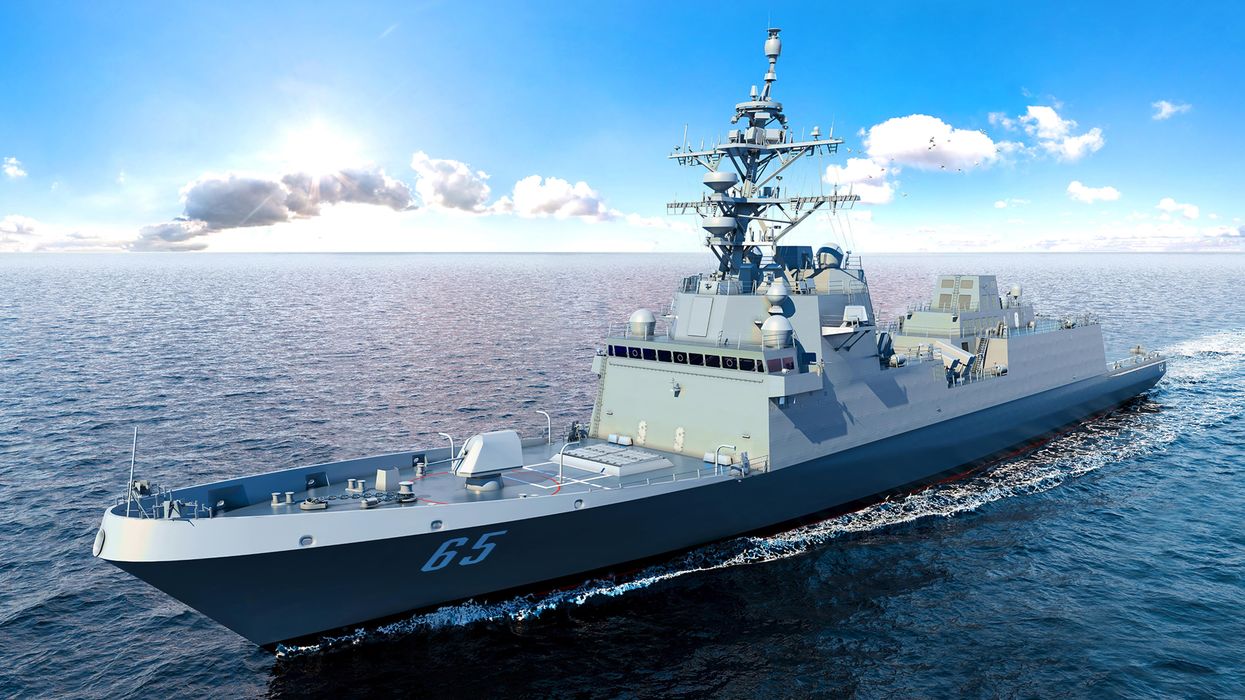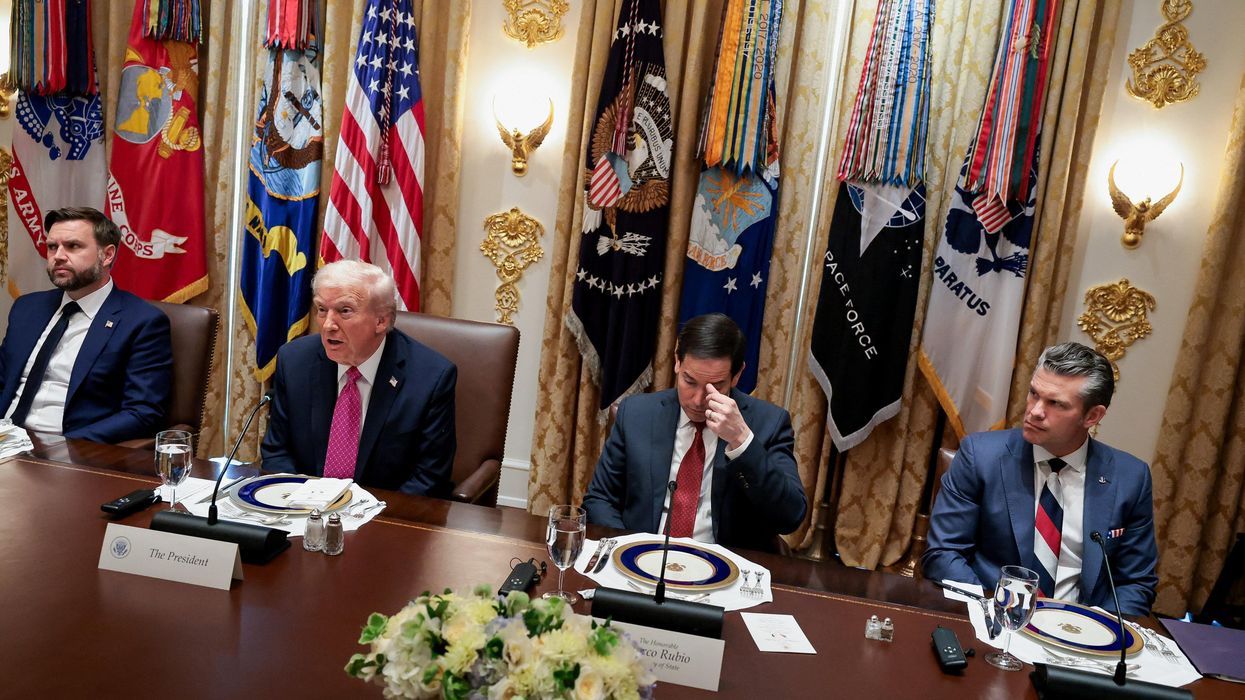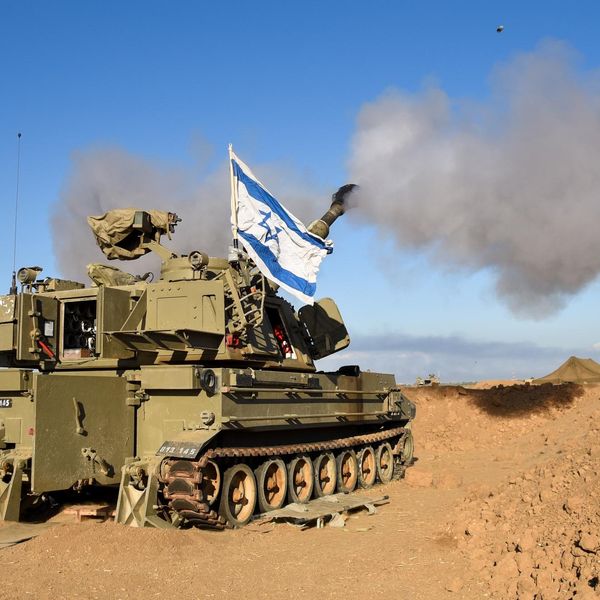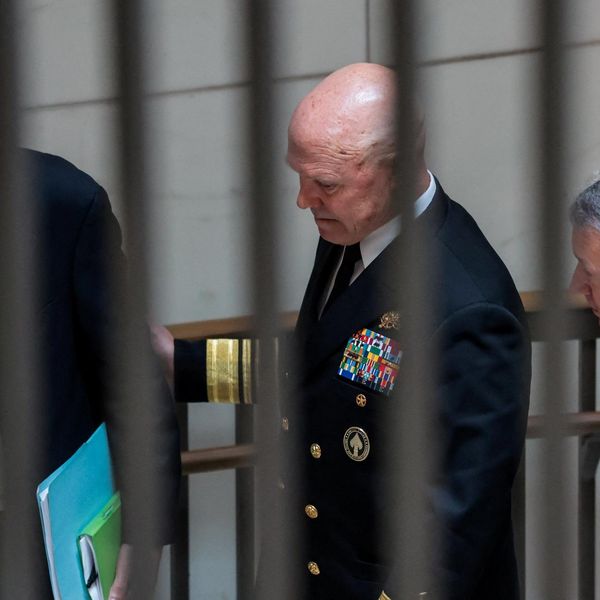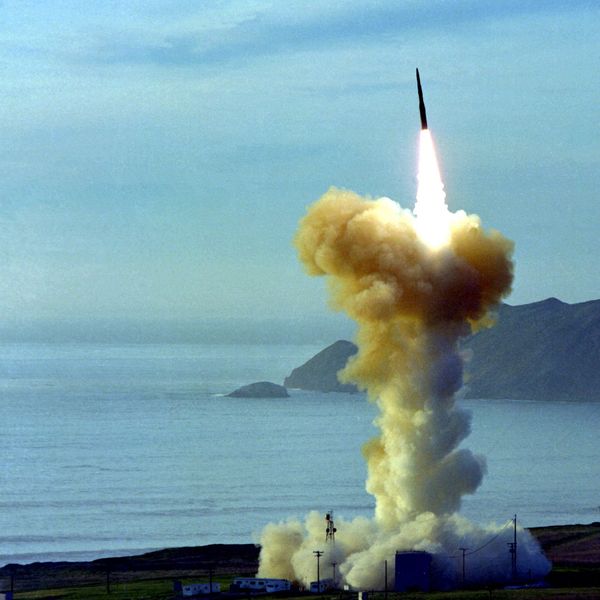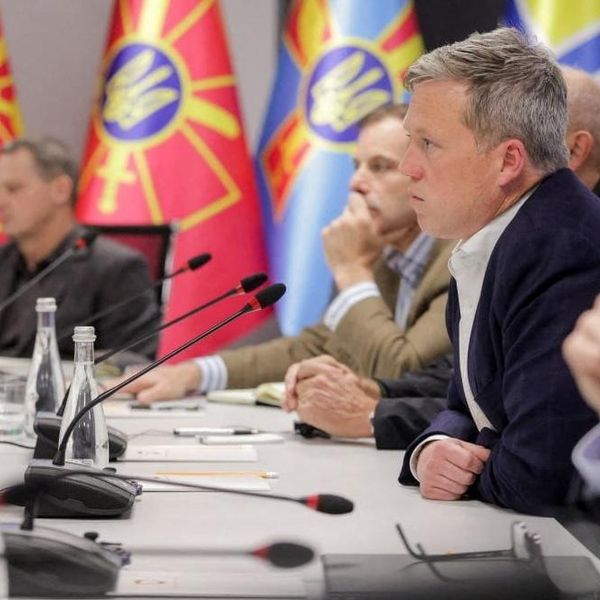On April 21st Marine Commandant David H. Berger testified before the House Armed Services Committee and expressed frustration and remorse concerning his services’ inability to support disaster relief in Turkey and most recently evacuation operations in Sudan.
In candid testimony, Berger said he felt that he had “let down” the combatant commander by not having a “sea-based option” available. While the Marines were ready, their ride, amphibious Navy ships, were not.
His statements laid bare the continuing malaise of Navy amphibious shipping and its negative effects on Marine readiness and capability for crisis response. Marines complaining isn’t new, but with recent orders from the Office of the Secretary of Defense (OSD) to “strategically pause” amphibious ship building due to their numbers being deemed “sufficient,” the Commandant might have a much bigger problem on his hands than just embassy evacuations.
Since March 2020 General Berger’s Marines have been on a reduced ration diet he instituted called Force Design 2030 (FD2030). In exchange for mothballing units and downsizing, the Marines would refit to focus on a future fight with China, including their own amphibious ships. The Marines made a play for a strategy based on the trends of the defense budget, not on operational and strategic reality. And that reality might be coming back to derail their transformation plans.
The modus operandi of Force Design 2030 sought to flip the script on the Chinese strategy of anti-access/area denial (A2/AD). This strategy is described as a means to “dissuade, deter, or, if required, defeat third-party intervention against a large-scale, theater wide campaign.” Building upon the manual for Expeditionary Advanced Base Operations (EABO), the Marines released their Concept for Stand-In Forces (SIF) in December 2021.
According to the concept, if China wants to use “counter-intervention”, i.e., A2/AD, forcing the joint force to assume a safe stand-off distance, the Marines will counter the counter and “stand-in.” SIF are described as “small but lethal, low signature, mobile” forces that operate “within a contested area as the leading edge of a maritime defense-in-depth.” This is accomplished by “gaining and maintaining contact below the threshold of violence.” And if conflict does ensue, the “joint force can attack effectively first and prevent the enemy from doing so.”
To flesh out this concept the Marines have been busy investing in new technologies and refitting units, with $6.4 billion allotted in the 2023 budget for FD2030 items. Their priorities include new mission specific Marine Littoral Regiments (MLR), mobile vehicle mounted anti-ship missiles, unmanned resupply ships, tracking and targeting radars, drones, and communications networks to link the battlespace together.
And rather than ride in Navy ships, these new units and their hardware will have their own transports: the Light Amphibious Warship (LAW), now called Landing Ship Medium (LSM). With a smaller draft, displacement, and length than L-Class Navy amphibious ships, the LSM is designed to be capable of transporting 75 Marines while being crewed by 40 sailors. Marine plans call for 35 ships to be built, nine for each of the three MLRs with eight in reserve for maintenance rotations.
The OSD review is scheduled to be completed in the third quarter of 2023 and was instituted to “assess both cost and capabilities to ensure the service is making the right investments.” It isn’t hard to imagine if the DoD pauses amphibious ships for the Navy or decides to disinvest from them in the future, the Marines will likely be in the same situation with the majority of their LSMs. Indeed, the cards already do not look to be falling in the Marines favor. The first LSM has been delayed from 2023 to 2025. Following builds only add one in 2026 and two each in 2027 and 2028.
Regardless of what verdict OSD returns, is Force Design 2030 the right “investment” for competition and or a potential armed conflict with China? In the SIF manual the point is made repeatedly that these forces will operate below the threshold of violence as a “defense-in-depth that denies the adversary freedom of action.” Several criticisms can be leveled at this doctrine.
First, the U.S. Navy routinely operates below the threshold of violence when they conduct freedom of navigation exercises in China’s backyard. When China claims disputed islands or tries to intimidate its neighbors, the policy of the Navy has been to enforce the internationally accepted laws of commerce and trade, all without firing a shot. Navy submarines and aircraft are also constantly rotating through deployments in the Indo-Pacific region with their own array of sensors and tracking capability.
Marine Expeditionary Units (MEUs), both the permanently stationed 31st in Okinawa, Japan, and the rotating west coasts MEUs (11th, 15th, and 13th) all play a role in force presence and power projection. It isn’t clear what role or mission SIF forces will be responsible for below the threshold of violence that other, mainly Navy assets don’t do on a routine, if not daily, basis. Two years from now the best-case scenario is just one LSM capable of holding 75 Marines.
The entire strategy of creating a “defense” doesn’t seem to add up either, given the logistics and the geography. While some cheerleaders have called the SIF concept a “fortified geographic barrier” that will “imprison” the PLA Navy, it doesn’t take a master’s degree of military studies to see that holding a few dozen small islands in the middle of the vast ocean doesn’t really force China to do anything, especially short of a hot war.
The SIF concepts of “dispersion” and “deception” making them “difficult for an enemy to find and target” can’t be taken seriously because islands are well, islands. There isn’t anywhere to hide once you set up shop, especially considering the doctrine’s stipulation of continually tracking and or targeting Chinese military assets. A hot war isn’t likely either.
As noted by Dan Grazier at the Project on Government Oversight, China’s military and naval forces are suited for A2/AD, not open ocean offensive operations far from her shores. The composition and tonnage of their fleet, combined with their total economic reliance on the United States and her Navy for commerce, energy, and food imports means “they have as much to lose as anyone” in a hot war scenario. While FD2030 and SIF concepts don’t fit the strategic or operational reality of current and future competition with China, they do pair nicely with the trends of the defense budget.
As the late (and great) Mark Perry wrote for RS in October 2020, FD2030 could be seen as the Marines positioning themselves as the “lead service for the emergent and increasingly empowered China-is-the-enemy lobby.” With a 2024 defense budget request of $842 billion dollars, one would think the stars are beginning to align for Berger and his Marines. The OSD review and the delays to LSM shipbuilding seem to suggest otherwise.
Throughout its history the Marine Corps has fought not only the nation’s battles but also a battle over its identity and survival as a service. Their historic struggle was not to be seen as a second, redundant land army. FD2030 has unfortunately set up the Marines to be a sort of a second, smaller navy, one which policy planners and Congress would be wise to avoid indulging.


